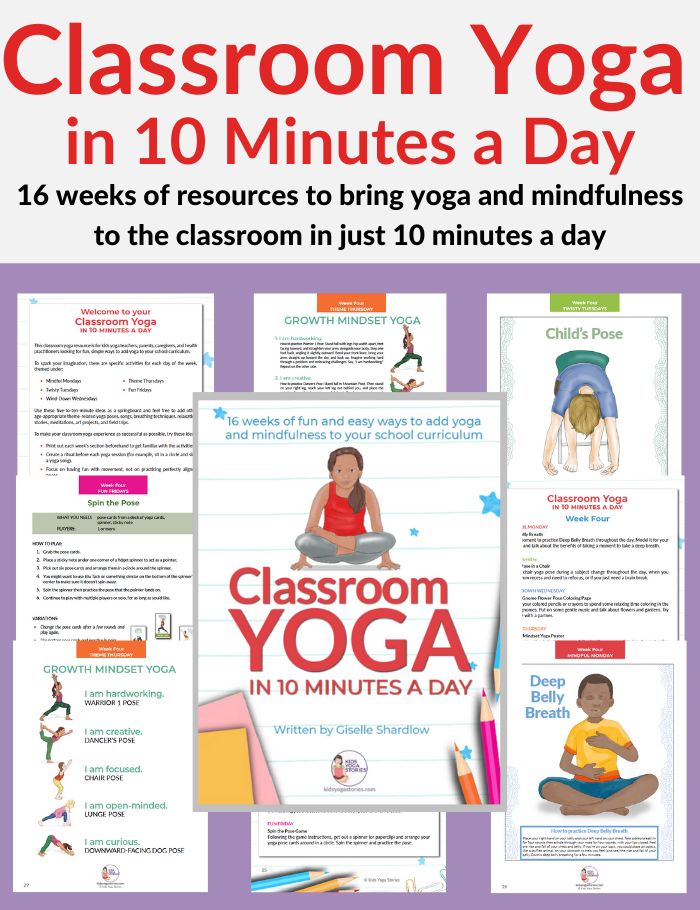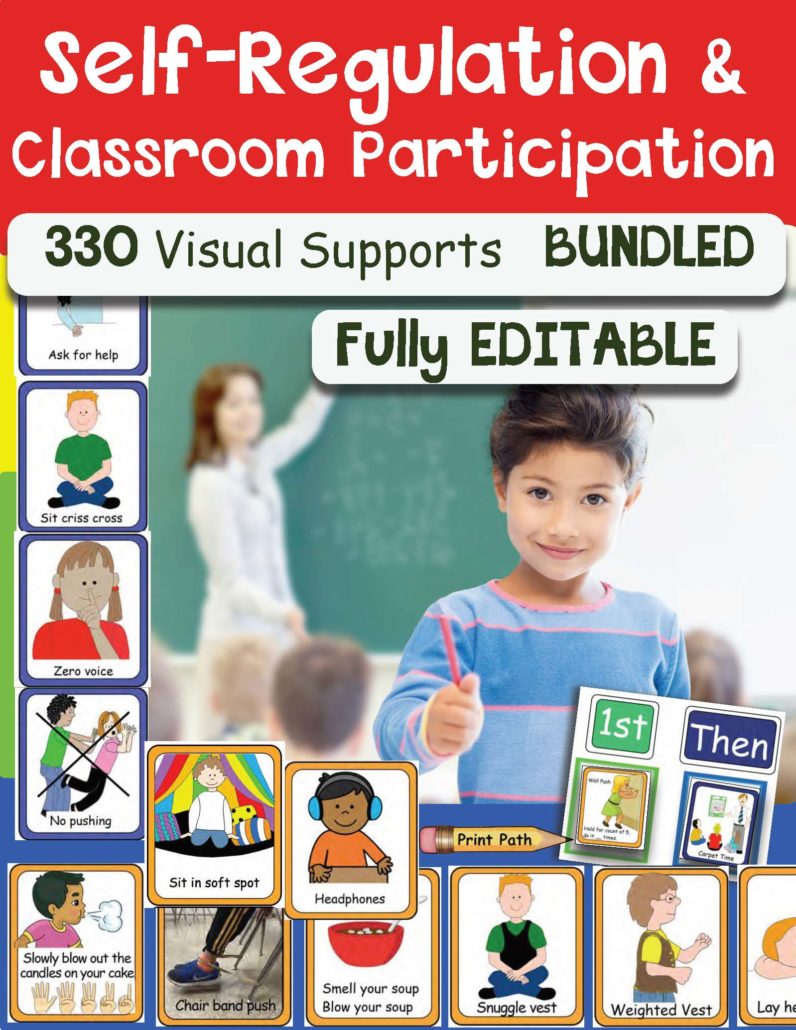
Autism Spectrum Disorder (ASD) has long been a topic of discussion and research within the education and health sectors. When it comes to education, finding evidence-based autism teaching strategies is so important. With a myriad of research suggesting various methods, learn more about some of the most effective approaches to teaching students with autism, combining findings from various studies and practical classroom strategies.
Understanding Autism and Its Implications
At the heart of all teaching methods for students with ASD is a deep understanding of the disorder. The characteristics of autism vary, but they often include challenges with social interaction and communication. The sensory needs of autistic students may also be distinct, with some students being sensitive to sensory input like bright lights or loud noises.
Evidence-based teaching practices for students with autism, such as those identified by Wong et al. (2015), emphasize early intervention.
Some of these practices include:
- Early Intensive Behavioral Intervention (EIBI): This intervention focuses on intensive behavioral therapy for young children, showing effective results in improving various skills (Reichow et al., 2018).
- Caregiver-mediated Intervention: Training caregivers to implement evidence-based practices supports children with ASD, showing improvements in joint engagement and symbolic play (Kasari et al., 2014).
Furthermore, the importance of training teachers in evidence-based practices for teaching students with ASD cannot be overstated (Al-Ghamdi, 2021).
Modeling Behavior and Building a Positive Environment
Creating a nurturing classroom and using autism teaching strategies begins with the educator. The atmosphere you cultivate directly impacts student learning and well-being.
- Be Calm and Positive: Greet each child warmly, fostering trust and open communication. By maintaining a calm demeanor, you not only model the expected behavior for the autistic child but also set the tone for the entire class. A positive attitude can encourage resilience in children and mitigate feelings of frustration or isolation.
- Co-Regulation: Before students can self-regulate, they often need to co-regulate, especially those with autism. This involves a teacher or caregiver guiding a child to modulate their emotional responses, essentially “borrowing” the adult’s calm to help navigate stressful situations. For autistic students, co-regulation can be especially beneficial in understanding and managing sensory input, emotions, and social interactions. Strategies like deep breathing exercises, sensory breaks, or using sensory tools together can serve as co-regulation techniques.
- Clear Routines: Visual cues, like a daily schedule or visual timer, can help autistic students understand and anticipate the day’s flow. Predictable routines can reduce anxiety and make transitions between activities smoother.
- Promote Acceptance and Understanding: Resources that educate about autism, like picture books or TV shows, can help all students empathize with their peers. Encourage open discussions about differences and similarities, emphasizing the importance of inclusivity and mutual respect.
- Learn about your Students: Activities such as personalized ‘About Me’ sheets can offer valuable insights into each autistic student’s unique characteristics. They act as a quick reference for teachers, allowing for personalized teaching methods. For instance, knowing a student’s favorite color or hobby can be used to make lessons more engaging for them.
Promoting Social Interactions
Ensuring students with autism engage socially enhances their learning experience. Promoting social interaction for students with autism is crucial for their overall development and well-being. Here’s a list of ways to foster and encourage these interactions:
- Peer Buddies: Pair students with autism with understanding and empathetic peers who can guide them through social situations and act as a bridge in group activities.
- Structured Play: Organize games or activities where students have defined roles. This can reduce the ambiguity of social interactions for autistic students.
- Use of Social Stories: A social story is a short narrative that depicts a social situation, explaining what to expect and how to behave. They can help students with autism understand and navigate specific social scenarios.
- Group Projects: Assign projects that require collaboration. Ensure that each student has a clear role to minimize any confusion.
- Role-Playing: This allows students with autism to practice and rehearse social scenarios in a safe environment.
- Visual Supports: Using a picture schedule, visual timers, visual schedule, or visual cues can help guide autistic children through social routines or group activities.
- Communication Devices: For non-verbal students, using AAC (Augmentative and Alternative Communication) devices can assist in expressing their thoughts and participating in conversations.
- Social Skills Training: Implement structured lessons or programs that focus on specific social skills, like understanding facial expressions or turn-taking.
- Guided Participation: Guide students with autism during group activities, ensuring they understand the rules and expectations.
- Clubs and Special Interest Groups: Encourage students with autism to join clubs or groups based on their special interests. This provides an environment where they can bond with others over shared passions.
- Sensory-friendly Spaces: Ensure that there are areas in the classroom or school where students can feel comfortable and safe, which can foster more natural social interactions.
- Promote Understanding Among Peers: Educate neurotypical students about autism, fostering empathy and reducing potential for misunderstandings.
- Model Social Interactions: Regularly demonstrate appropriate social behavior, ensuring students have a clear example to follow.
- Interactive Technology: Use apps or computer programs designed to promote and practice social interactions.
- Feedback: Provide gentle and constructive feedback to help students understand and improve their social interactions.
- Community Participation: Organize trips or activities that allow students to interact with the broader community, broadening their social experiences.
- Avoid Isolation: Interaction shouldn’t be limited to just aides or staff members. Encourage group work or partner tasks, ensuring that autistic students have ample opportunity to engage with their peers. A classroom environment where every student feels included can greatly benefit their mental health and academic performance.
- Bullying Awareness: Recognize that autistic students might interpret or respond to social situations differently. If they react unexpectedly, take time to understand the root cause. This not only helps in addressing immediate concerns but also in cultivating a safe environment for all students.
Sensory Strategies for Autistic Students in the Classroom
Every student with autism is a unique individual with distinct needs, preferences, and sensory profiles. Incoming sensory information can be very overwhelming in the classroom. While some may be hypersensitive to certain stimuli, finding them overwhelming or distressing, others might be hyposensitive, seeking out more intense sensory experiences. It’s essential to understand that no two autistic students will have the exact same sensory preferences,sensory issues, or triggers. Creating a sensory-friendly classroom environment can be incredibly beneficial to support these diverse needs. Occupational therapy providers can provide amazing insight in this area for students with autism. Consult an Occupational Therapist if you have any questions. Here are some sensory strategies that educators can implement:
- Flexible Seating Options: Provide various seating options such as wobble stools, cushioned chairs, or bean bags. This can cater to students’ tactile and proprioceptive needs.
- Noise-Canceling Headphones: For students who are sensitive to noise, having these on hand can reduce auditory overload.
- Sensory Breaks: Allow short breaks where students can engage in sensory activities of their choice, such as deep pressure exercises or tactile play.
- Weighted Blankets or Vests: These provide deep touch pressure, which can be calming for many autistic students.
- Dimmed Lighting: Bright fluorescent lights can be distressing. Using natural lighting or dimmed lights can help.
- Visual Screens or Room Dividers: These can reduce visual distractions and create a quieter space for students who get overwhelmed easily.
- Fidget Tools: Objects like stress balls, sensory rings, or fidget spinners can help students self-regulate, practice fine motor skills, and maintain focus.
- Chewelry: Chewable jewelry can be a discreet way for students to get oral sensory input.
- Visual Schedules: Providing a visual representation of the day’s activities can reduce anxiety and help students anticipate transitions.
- Scent-Free Environment: Strong fragrances can be off-putting. Opt for unscented cleaning products and request students to refrain from strong perfumes.
- Texture Boards or Bins: Allow students to touch and explore various textures, catering to tactile sensory seekers.
- Background Music: Gentle, calming music or white noise can create a soothing auditory environment.
- Movement Opportunities: Incorporate movement breaks or exercises into the daily routine, catering to students’ vestibular and proprioceptive needs.
- Deep Pressure Activities: Activities such as wall push-ups or carrying heavy books can provide calming proprioceptive input.
- Sensory Wall: A wall with various textures, temperatures, and materials can be a fantastic sensory exploration tool.
- Quiet Corners: Create designated areas where students can retreat and self-regulate if they feel overwhelmed.
- Visual Supports: Use clear visual symbols and minimize visual clutter on walls.
- Tactile Markings: Use textured tape or mats to help students understand spatial boundaries or guide them through the classroom.
- Feedback and Communication: Regularly check in with students to gauge their comfort levels and make necessary adjustments.
Remember, the key is to be observant and responsive to each student’s unique needs. A strategy that works wonders for one student might not be suitable for another. Regular communication with the student, their family, and other support staff can provide insights into the most effective sensory strategies for each individual.

Autism Teaching Strategies for Behavioral Expectations and Routines
Creating an environment where students with autism feel supported and understood can significantly impact their academic and social success. A crucial component of this environment is a structured approach to behavior expectations and routines. Here are some strategies that can aid in this:
- Consistent Routines: Autistic students often find comfort in predictability. Establish and maintain a consistent daily schedule so students know what to expect.
- Visual Schedules: A visual representation of the day’s activities can be helpful. This allows students to mentally prepare for transitions and understand the sequence of the day.
- Encourage Internal Motivation: Praise efforts and progress, emphasizing the joy of learning and personal growth. Helping students recognize and celebrate their own achievements can foster intrinsic motivation.
- Safe Spaces: Designate a calm space in the classroom where students can go to regroup and self-regulate if they feel overwhelmed.
- Modeling: Demonstrate appropriate behaviors, providing a concrete example for students to emulate.
- Check-ins: Regularly check in with students to gauge their understanding of the rules and to address any concerns.
- Collaboration: Collaborate with support staff, such as occupational therapists or behavior technicians, to implement strategies tailored to individual needs.
- Interactive Role-play: Engage students in role-playing scenarios to practice appropriate behaviors in various situations.
- Prompting and Reminders: Use gentle prompts and reminders for desired behaviors, ensuring they’re clear and understandable.
- Visual Cues: Use visual signs or symbols around the classroom to remind students of behavior expectations, such as quiet signs or hand-raising reminders.
- Feedback Loop: Encourage students to share their feelings and thoughts about classroom rules, making them active participants in their behavior management.
- Natural Consequences: Allow students to experience the natural outcomes of their behaviors, guiding them to understand the cause-effect relationship.
- Empathy and Understanding: Take the time to understand the reasons behind challenging behaviors. They may be a response to sensory overloads, communication challenges, or other underlying issues.
- Group Discussions: Periodically engage the class in group discussions about the importance of rules and the benefits of maintaining a harmonious classroom environment.
- Timers and Alarms: Use visual timers or alarms to signal transitions, giving students a heads-up and reducing potential anxieties.
- Consistent Consequences: If a rule is broken, ensure consequences are consistent. This provides a clear understanding of the link between actions and outcomes.
- Reinforcement Variety: Change up the rewards and reinforcements periodically to keep students engaged and motivated.
- Engage Caregivers: Involve family members in the behavior management process, ensuring consistency between school and home.
- Regular Training: Continuously educate yourself on autism and behavior management strategies, adapting to the evolving needs of your students.
Remember, the goal isn’t just rule adherence, but cultivating an understanding and fostering a supportive environment where every student, including those with autism, feels valued and empowered.
Conclusion on Autism Teaching Strategies
Teaching autistic students goes beyond academics. It involves building life skills, fostering social interactions, and creating a safe, welcoming environment. Implementing these autism teaching strategies, rooted in both research and practical experience, can pave the way for a more inclusive classroom.
Autism Teaching Strategies – Frequently Asked Questions
- What strategies are used in teaching students with autism?
- Strategies include Early Intensive Behavioral Intervention, Caregiver-mediated intervention, and Social-Emotional Learning programs. Also, using visual cues, structured routines, and positive reinforcement techniques can be effective.
- What strategies help autism?
- Strategies that cater to the sensory needs, provide structured routines, and promote social interactions can be beneficial. Visual aids, like picture schedules, can also be instrumental.
- How do autistic people learn best?
- Many autistic individuals are visual learners, meaning they often understand and remember information best when it’s presented visually. They may also benefit from structured routines and clear, direct communication.
References
Al-Ghamdi, A. (2021). Training Teachers To Implement Evidence-based Practices Specifically Designed For Students With Autism Spectrum Disorder. Journal of Education and Practice. https://doi.org/10.7176/jep/12-17-02
Gardner, A., Wong, M. S., Ratcliffe, B. (2020). Social-emotional Learning For Adolescents On the Autism Spectrum: High School Teachers’ Perspectives. Australasian Journal of Special and Inclusive Education, 1-16. https://doi.org/10.1017/jsi.2020.13
Kasari, C., Lawton, K., Shih, W., Barker, T. V., Landa, R., Lord, C., … & Şentürk, D. (2014). Caregiver-mediated Intervention For Low-resourced Preschoolers With Autism: An Rct. Pediatrics, 1(134), e72-e79. https://doi.org/10.1542/peds.2013-3229
Reichow, B., Hume, K., Barton, E. E., Boyd, B. A. (2018). Early Intensive Behavioral Intervention (Eibi) For Young Children With Autism Spectrum Disorders (Asd). Cochrane Database of Systematic Reviews, 10(2018). https://doi.org/10.1002/14651858.cd009260.pub3
Wong, C. H., Odom, S. L., Hume, K., Cox, A. R., Fettig, A., Kucharczyk, S., … & Schultz, T. R. (2015). Evidence-based Practices For Children, Youth, and Young Adults With Autism Spectrum Disorder: A Comprehensive Review. Journal of Autism and Developmental Disorders, 7(45), 1951-1966. https://doi.org/10.1007/s10803-014-2351-z
The post Autism Teaching Strategies appeared first on Your Therapy Source.
This content was originally published here.




